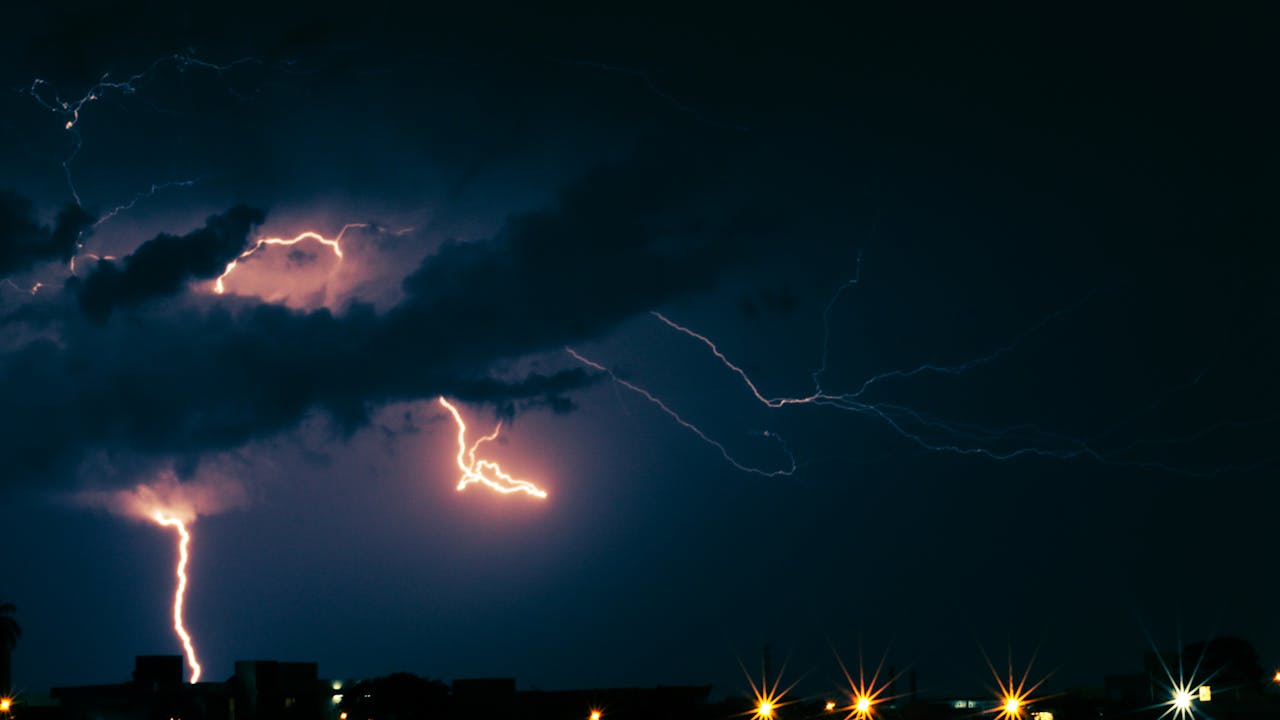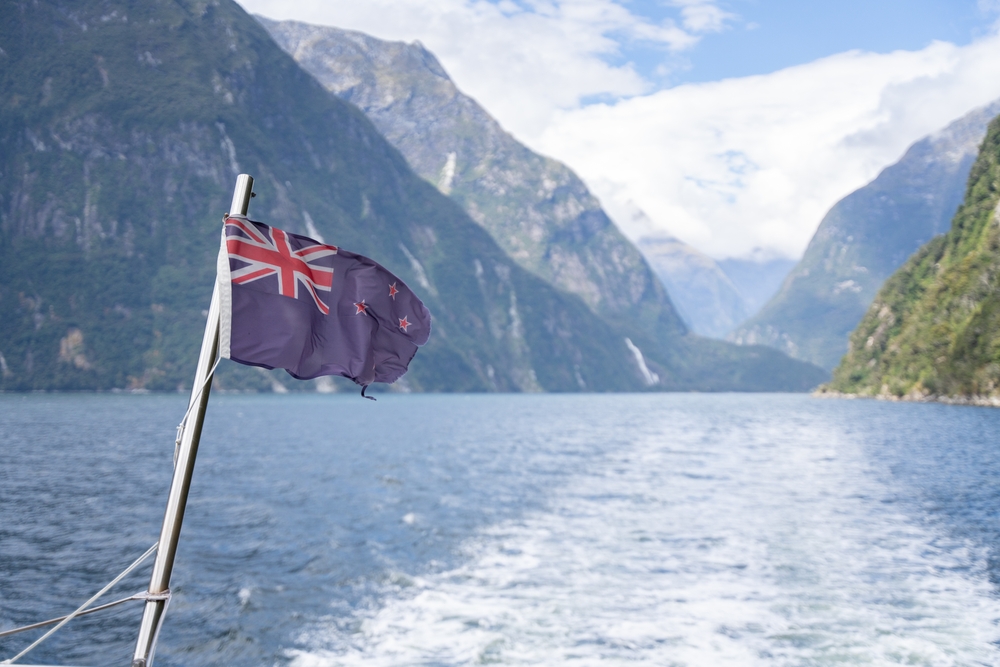Storm chasing is an exhilarating pursuit that combines elements of adventure, science, and photography, as enthusiasts chase after severe weather phenomena such as tornadoes, hurricanes, and supercell thunderstorms. In this comprehensive guide, we’ll delve into the captivating world of storm chasing, exploring the history, techniques, equipment essentials, safety considerations, destinations, and unforgettable experiences that await those who dare to pursue the tempest.
History of Storm Chasing:
The history of storm chasing can be traced back to the early 20th century, when pioneering meteorologists and adventurers began venturing into the heart of severe weather to study and document its effects. Over time, advances in technology and communication have made it possible for storm chasers to track and intercept storms with increasing accuracy and precision, leading to groundbreaking discoveries and insights into the dynamics of severe weather phenomena. Today, storm chasing has become a popular hobby and profession, with enthusiasts from around the world embarking on expeditions to witness and document nature’s most powerful and awe-inspiring displays.
Techniques of Storm Chasing:
Storm chasing requires a unique blend of scientific knowledge, meteorological expertise, and observational skill to navigate the complex and often unpredictable dynamics of severe weather. Techniques include monitoring weather forecasts and radar data to identify and track developing storms, interpreting atmospheric conditions and meteorological parameters to assess storm potential and severity, and navigating safely and strategically to maintain a safe and optimal position relative to the storm. Storm chasers must also be prepared to document and report their observations to contribute to scientific research and public safety efforts related to severe weather.
Equipment Essentials:
Having the right equipment is crucial for a successful storm chasing expedition, as chasers must be prepared to operate in challenging and potentially dangerous conditions. Essential gear includes a reliable vehicle capable of traversing rough terrain and adverse weather conditions, as well as advanced weather monitoring equipment such as radar systems, weather radios, and mobile data connections to track and analyze storm developments in real-time. Other essential equipment includes cameras, video cameras, and other recording devices to document storm activity and phenomena, as well as safety gear such as helmets, protective clothing, and emergency supplies to ensure the safety and well-being of the chaser and their team.
Safety Considerations:
Safety is paramount in storm chasing, as chasers must contend with the inherent risks and hazards associated with severe weather, including high winds, hail, lightning, and flying debris. Before embarking on a storm chasing expedition, chasers should undergo comprehensive training in storm spotting, meteorology, and emergency response procedures to develop the knowledge, skills, and confidence necessary to operate safely and effectively in the field. It’s essential to prioritize personal safety and well-being at all times, to maintain situational awareness and communication with other chasers and emergency services, and to heed warnings and advisories issued by weather authorities and local officials.
Destinations for Storm Chasing:
Storm chasing can be enjoyed in a variety of destinations around the world, each offering its own unique blend of weather patterns, atmospheric conditions, and storm phenomena to witness and document. Popular destinations include “Tornado Alley” in the central United States, where warm, moist air from the Gulf of Mexico collides with cold, dry air from the Rockies, creating ideal conditions for tornado formation. Other popular destinations include the Great Plains of the United States, the Australian Outback, the Canadian Prairies, and the Argentine Pampas, each offering opportunities to witness and document a wide range of severe weather phenomena, including tornadoes, supercell thunderstorms, lightning storms, and hailstorms.
Storm chasing offers enthusiasts a chance to witness and document nature’s most powerful and awe-inspiring displays in a deeply personal and transformative way. From the thrill of witnessing a tornado touch down to the beauty of a lightning storm illuminating the night sky, each moment on a storm chasing expedition is filled with opportunities for discovery, excitement, and wonder. Chasers may encounter breathtaking displays of natural phenomena, such as rainbows, double rainbows, and mammatus clouds, as well as unique wildlife and landscapes shaped by the forces of severe weather. As chasers return from their expeditions and share their experiences and images with the world, they carry with them memories of adventure, discovery, and the timeless beauty of the natural world in its most dynamic and powerful form.




